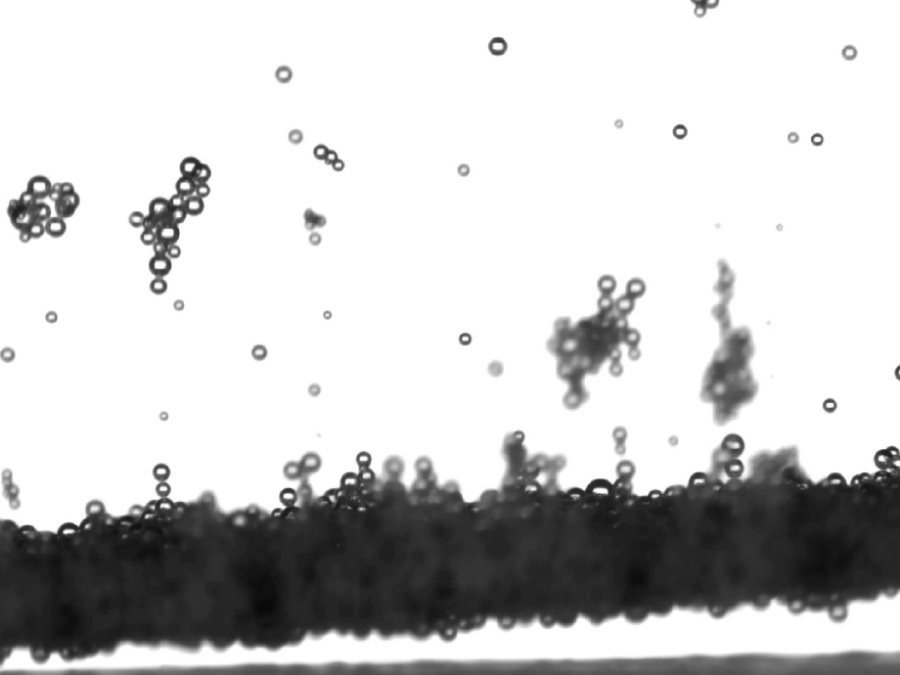Unisef

In the context of the Unisef project funded by Helmholtz AI, we implemented the prototype of a webservice to allow training and application of deep learning networks for segmentation running on the HPC infrastructure of DESY. The main idea here is to make DL based segmentation accessible and usable by non-experts, as well as complementing the actual segmentation by active learning to minimise the amount of needed training data, and the computation of confidence scores for the obtained segmentations.
This implementation shall also be understood as a blueprint for envisioned future cloud based imaging services provided in the Helmholtz Imaging context. Part of the Unisef project is also the “Instance segmentation of paper fibers” imaged at the Hereon beamlines at Petra III by KTH scientists.


